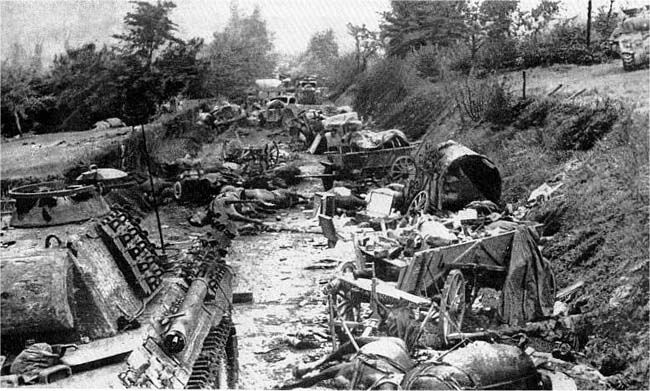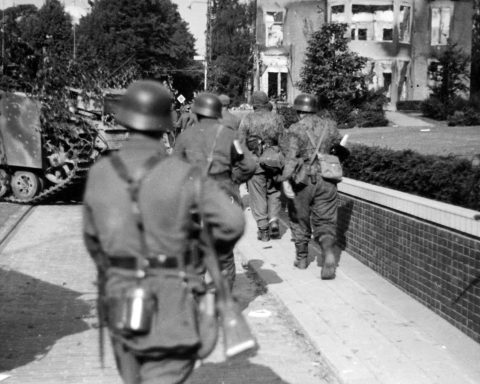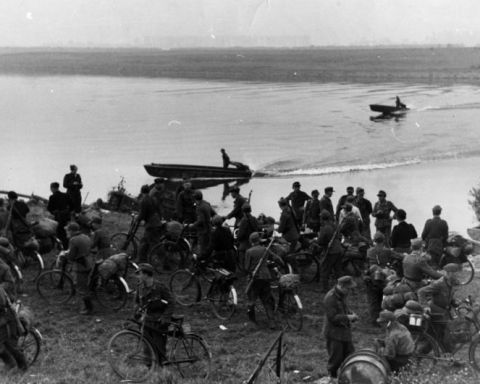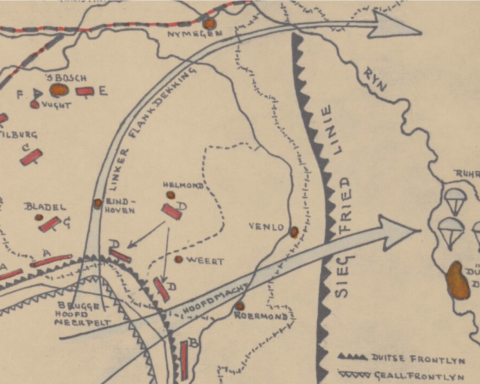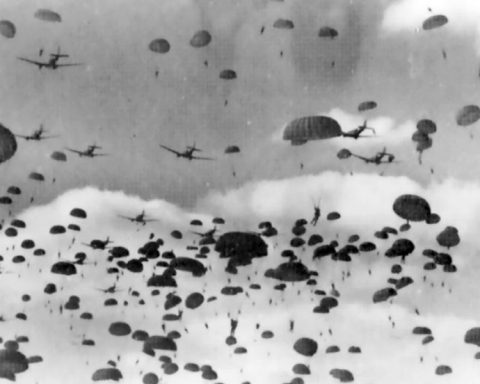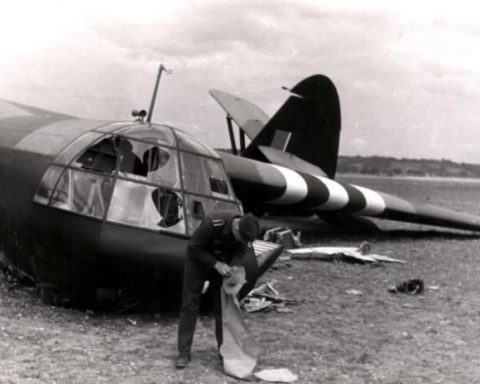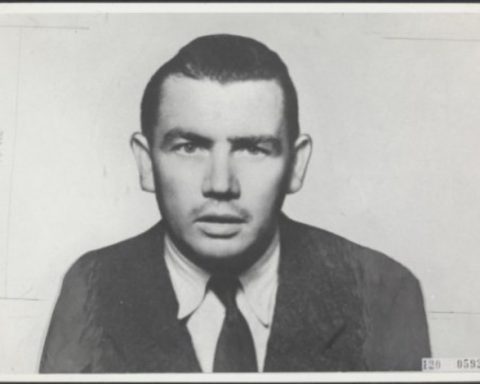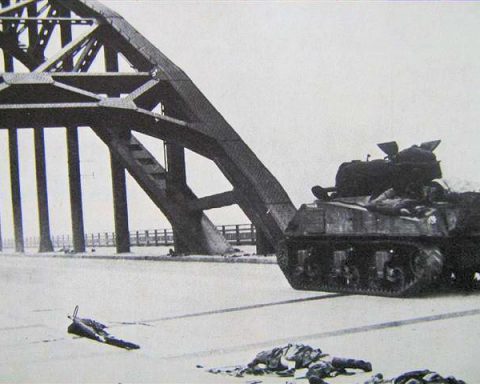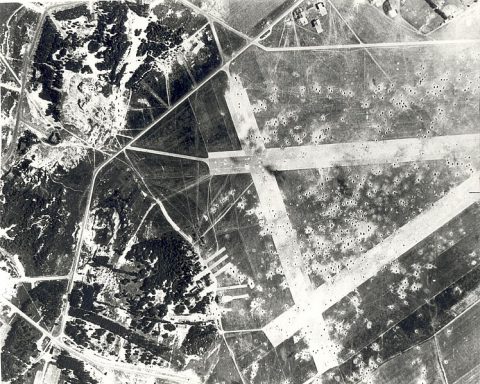There are still many myths circulating about the Battle of Arnhem. One of those myths is that on the first day Operation Market Garden, the Germans had dozens of tanks near Arnhem. The lightly armed British troops were no match for that.
On Sunday September 17 1944, the first day of Operation Market Garden, two SS Panzer Divisions were located near Arnhem. In Apeldoorn, Dieren, Zutphen and Doetinchem about 7,000 SS soldiers were stationed from the 9th SS Armored Division Hohenstaufen and the 10th SS Armored Division Frundsberg.
Passed by the resistance
The presence of the two German armored divisions had been communicated to the British by the resistance in the Netherlands a week before the start of Market Garden. General Boy Browning, responsable for the airborne part of the operation, concluded that the information from the resistance could not be correct.
The Allied armies of Montgomery had surrounded and destroyed the 9th and 10th SS Armored Division at Falaise in France a month earlier. If parts of the two Divisions were already stationed near Arnhem, then after the destruction at Falaise that could not be worth mentioning.
In reality, although the two SS divisions at Falaise had suffered severe blows, they had not been destroyed. In total, more than 7,000 hardened SS veterans survived the Allied destruction. The remnants of the divisions had been transferred to the Netherlands to recover and to be rested.
The dismissal of warnings from the resistance in the Netherlands about the presence of the 9th and 10th Panzer Divisions did not stand alone. In September 1944, the British had the idea that the German army was about to collapse and any information that was not consistent with that image was not taken seriously.
In the week before the start of Market Garden, more signals were received by the British that there were more German troops in the Netherlands than just the “children and old men” that the planners thought. Those signals were also ignored.
Tanks in Arnhem
A day after the airborne landings, on Monday, September 18, the British first encountered tanks during the advance to Arnhem. For years everyone had the image that the tanks that emerged during the battles during the Battle of Arnhem belonged to those two armored divisions.
The dozens of photos of destroyed German tanks in Arnhem and Oosterbeek seem to confirm the image that the presence of the two heavily armed SS Panzer Divisions proved to be disastrous for the British airborne troops. However, that is not the case.
General Bittrich, in command of the two German divisions, stated after the war that his troops had almost no tanks left during the Battle of Arnhem. Almost all of his tanks and Sturmgeschütze had been destroyed by the Allies during the battle at Falaise.
At the start of the airborne landings, Bittrich had a total of five tanks and Sturmgeschütze , three of which were deployable. Most of the armored vehicles where he also had access to, came from the 9th SS-Aufklärung-Abteilung of Sturmbahnführer Viktor Grabner.
Incidentally, the column of more than twenty Grabner vehicles was completely shot on Monday 18 September by the British soldiers at the Rhine Bridge.
Where did the tanks come from?
The few tanks that Bittrich had at the start of the fighting were deployed for the first time on Monday, September 18, against the battalion of John Frost at the Rhine Bridge. Until then, tanks played no role in the fighting in Arnhem.
By the way: the two tanks that general Bittrich deployed against the men at the bridge on september 18, were both destroyed by British anti-tank guns.
But where did the rest of the dozens of tanks during the Battle of Arnhem come from? The answer to that begins with Field Marshal Walter Model.
Model was the highest German commander in the Netherlands. Coincidentally, he had taken up residence in Oosterbeek. After the airborne landings, Model fled to the headquarters of General Bittrich in Doetinchem, 20 miles north east of Arnhem.
Model, who was known for his improvisational talent, ordered from Doetinchem to send all possible armored units that the Germans could miss to the Netherlands.
Tank units were put on trains across Germany via Blitztransporte . These Blitztransporte meant that the tank trains were given priority over all other train transport. Even German tank units from Denmark and Austria were sent to the Netherlands.
They were not only sent to Arnhem. Some of the German tanks were sent to North Brabant, south of Nijmegen, to prevent the Allies from sending troops and equipment to the north.
In addition to tanks, Model also sent dozens of Flak units, artillery units and mortar units to the fighting in Arnhem to deal with the British airborne troops.
The presence of so many heavy weapons in Arnhem and Oosterbeek therefore had nothing to do with the presence of the two German armored divisions. They were the result of the rapid reaction of the German army command to defeat the British at Arnhem.

